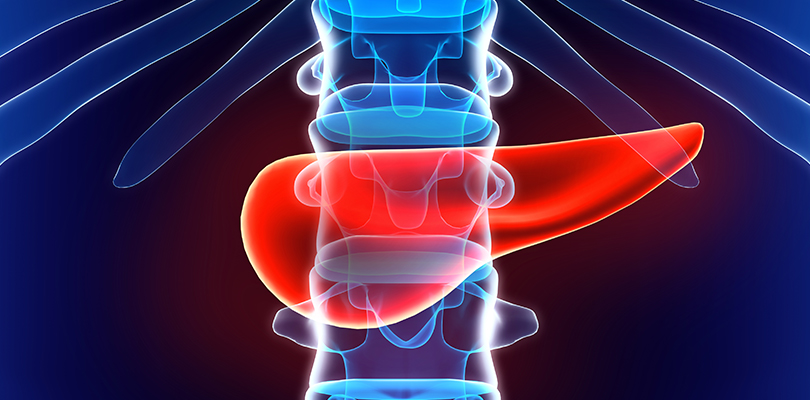What Is Mesothelioma?
Medical language can be pretty inaccessible, especially when it comes to discussions about cancer and its causes. One of the types of cancer that is uncommon, but discussed in a hot topic kind of manner is mesothelioma. It doesn’t come with a dictionary of jargon, and the source of this type of cancer can be cause for legal action.
Mesothelioma is an aggressive and rare type of cancer that originates in the mesothelium of the body. Mesothelium is the protective membrane that covers most of your internal organs, such as your lungs, heart, and abdominal cavity.
In addition to protecting these organs, mesothelium serves other functions such as transportation of bodily fluids, blood clotting, immune functions and healing. Mesothelium is made of mesothelial cells, which are especially important in the development of the lungs.
Signs and Symptoms of Mesothelioma
Symptoms don’t present themselves until the tumor grows into surrounding tissues and organs.
Initial symptoms may onset as fluid build-up around the lungs or abdomen and present as a cough, difficulty swallowing, bloating and abdominal pain. Signs and symptoms don’t usually show up for decades – long after the damage has been done.
Sometimes it is misdiagnosed as lung cancer, which illustrates that it’s important to see a doctor who specializes in this condition.
There are a few varieties of mesothelioma which include:
Pleural Mesothelioma
Pleural mesothelioma makes up 70 to 80 percent of all mesotheliomas.
It originates in the membrane that covers the lungs (called the pleura). This type of cancer is more often diagnosed in males than females, possibly due to the occupational hazards of those working in construction, shipyards, or other industrial workers.
Some symptoms of pleural mesothelioma include:
- Chest/back pain
- Cough
- Shortness of breath
- Fatigue
- Weight loss
- Fever
- Sweating
- Problems swallowing
- Swelling of the face and arms
- Hoarseness
Peritoneal Mesothelioma
Peritoneal mesothelioma is located in the abdomen.The symptoms which can occur are abdominal pain, swelling of the abdomen, nausea and vomiting, constipation, weight loss, and blockage of the small intestine or colon.
Benign Mesothelioma
There are also types of benign (or non-cancerous) mesothelioma, where the growth of the mesothelium does not metastasize to other parts of the body. These types are not life-threatening and can usually be removed with surgery. After surgery, these benign tumors generally do not recur.
Causes of Mesothelioma
Many cancers can be linked to a risk factor, which can be exposure or behavior that potentially invite cancer into your body. We’re all aware that risk factors such as tobacco, alcohol, and sunlight can increase your risk of developing certain cancers.
However, it is known to be linked to the following risk factors:
People with pancreatic cancer may experience the following signs or symptoms of the condition. Learn more about the symptoms of pancreatic cancer here.
Asbestos
Asbestos is the biggest risk factor for mesothelioma, and the link between these fibers and mesothelioma has been known for many years, and typically symptoms develop 15-40 years after exposure to asbestos.
If you’re unlucky enough to breathe in asbestos fibers, they can get into the mesothelium of the lung and cause a lot of trouble down the road. If the fibers are in your lungs, there is a possibility of coughing up some of the fibers and swallowing them – they’ll settle instead in the peritoneum (another membrane which covers the abdominal organs).
A high percentage of people who contract this cancer have experienced asbestos exposure at work. There is always the possibility that you, or your family members, could become exposed to asbestos fibers on your work clothing.
Other people that can be affected are those living near an asbestos mill or mine. If you work with asbestos, be certain to wear all appropriate personal protective gear, follow proper handling procedures, and report any unsafe conditions.
The link between mesothelioma and asbestos have initiated many lawsuits for company negligence. The number of claims and potential future claims has lawyers specializing in these types of lawsuits and asbestos litigation.
Erionite
Erionite belongs to a group of minerals called zeolites which are chemically related to asbestos and is a known link to cancer. It is common in the soil of certain parts of Turkey and materials made with erionite are used in construction in these regions. Erionite is a contributor to pleural and peritoneal mesothelioma.
Ionizing Radiation
Radiation therapy used to treat lymphoma, breast, lung, or other cancers have an increased risk for mesothelioma. Thorium dioxide is a radioactive contrast medium which was previously used for imaging tests.
People who were given thorium dioxide have a higher risk of developing mesothelioma many years after being exposed to it. It is no longer used because it was found to increase the risk of some cancers.
BAP1 Gene Mutation
The BAP1 gene helps control cell growth. It suppresses tumor growth and, in doing so, limits the growth of cancer cells by preventing cells from dividing rapidly or in an uncontrolled way. A rare mutation in this gene may increase the risk for mesothelioma in addition to melanoma of the skin and eye.
The testing process for mesothelioma is lengthy and complex, involving a collection of specialists, tools and biopsies – presently, the only way to confirm a diagnosis is through a biopsy.







